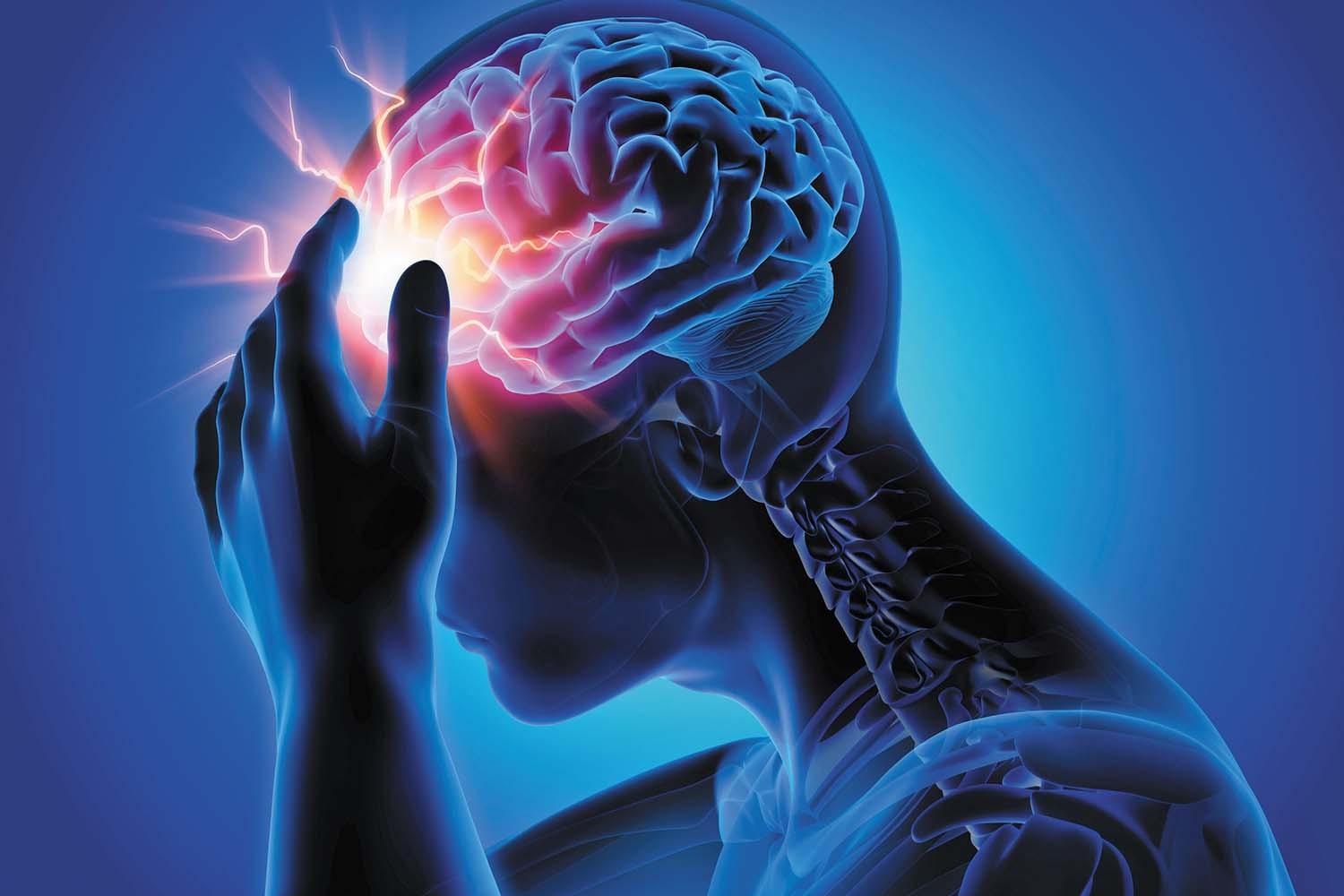Headaches. Just the word itself can make your temples throb. When a headache hits, it can derail your entire day, making it difficult to concentrate at work, enjoy time with loved ones, or even just relax. Whether you’re no stranger to migraines, often experience tension headaches, or occasionally suffer from cluster headaches, understanding what sets them off is the first step to finding relief and reducing their frequency. Let’s explore the common culprits behind different types of headaches and what you can do about them.
 Woman holding her head in pain
Woman holding her head in pain
Stress: The Tension Headache Trigger
Stress is a major contributor to tension headaches, the most common type of headache. When you’re stressed, your body tenses up, particularly in your shoulders and neck. This muscle tightness can radiate upwards, leading to that familiar band-like pain around your head. Chronic stress can mean frequent muscle tension, which the brain interprets as recurring head pain. Managing stress through relaxation techniques, exercise, or mindfulness can be a crucial step in preventing these headaches.
Diet: Food and Hunger Pains
Both hunger and specific foods can trigger headaches, especially migraines and tension headaches. Skipping meals can lead to a headache simply due to low blood sugar. However, certain foods are known migraine triggers for susceptible individuals. These triggers can vary greatly from person to person. For some, it might be a single food like aged cheese or nuts, while others may react to a broader range of items, such as:
- Avocados
- Bananas
- Cheese (especially aged varieties)
- Chocolate
- Citrus fruits
- Herring
- Dairy products
- Onions
Processed foods are also often implicated in headaches, particularly migraines. Be mindful of ingredients like nitrites and nitrates (found in cured meats), yellow food dyes, and monosodium glutamate (MSG), which are known to provoke headaches in some people. Keeping a food diary can be helpful to pinpoint dietary triggers.
Alcohol Intake: A Migraine Provoker
Alcohol is a well-known migraine trigger. Even small amounts of alcohol, particularly red wine, can be enough to set off a migraine attack in sensitive individuals. While red wine is often cited, any type of alcoholic beverage can potentially trigger a headache. Researchers are still investigating whether alcohol itself is the direct cause or if other compounds in alcoholic drinks are responsible for this effect. If you are prone to headaches, monitoring your alcohol consumption and noting any correlation with headache onset is advisable.
Environmental Factors: External Headache Irritants
Our surroundings can significantly impact headache frequency. Environmental triggers are particularly associated with migraines and cluster headaches. Common environmental headache triggers include:
- Bright or flickering lights
- Strong odors (perfumes, chemicals, smoke)
- Changes in weather patterns, especially humidity and barometric pressure
- Cold weather fronts
- Smoke (cigarette smoke, air pollution)
People who experience cluster headaches often notice a seasonal pattern to their attacks, with headaches occurring more frequently during specific times of the year, linked to seasonal changes. Being aware of these environmental sensitivities and making adjustments, such as wearing sunglasses in bright light or avoiding strong scents, can be beneficial.
Hormonal Fluctuations: Headaches in Women
Hormonal changes, specifically fluctuations in estrogen levels, are strongly linked to migraines in women. This is why women experience migraines more often than men. Menstrual cycles are a significant migraine trigger for many younger women, with hormonal shifts around menstruation often leading to attacks. Perimenopause, the transition to menopause, can also initiate migraines in women who have never previously experienced them due to fluctuating estrogen levels. Even estrogen therapy itself can sometimes act as a migraine trigger. Interestingly, for most women, migraines tend to subside after menopause, once estrogen levels stabilize at a lower level.
Caffeine Withdrawal: The Rebound Headache
If you regularly consume caffeine, whether in coffee, tea, energy drinks, or soda, abruptly stopping caffeine intake can trigger a migraine. Caffeine has a vasoconstrictive effect, meaning it narrows blood vessels. When you suddenly stop consuming caffeine, your blood vessels can widen, leading to increased blood flow and pressure within the head. This vasodilation is believed to be a primary mechanism behind caffeine withdrawal headaches, characterized by that throbbing, pounding pain typical of migraines. Gradually reducing caffeine intake rather than stopping suddenly can help prevent these withdrawal headaches.
Lack of Sleep: Sleep Deprivation and Headaches
Insufficient sleep is associated with both migraines and tension headaches. Sleep deprivation can disrupt various bodily functions, making you more susceptible to headaches. Conversely, for those experiencing a migraine, falling asleep can often provide relief, either stopping the attack altogether or reducing its intensity. Prioritizing adequate and consistent sleep is a vital aspect of headache management and overall health.
| |

